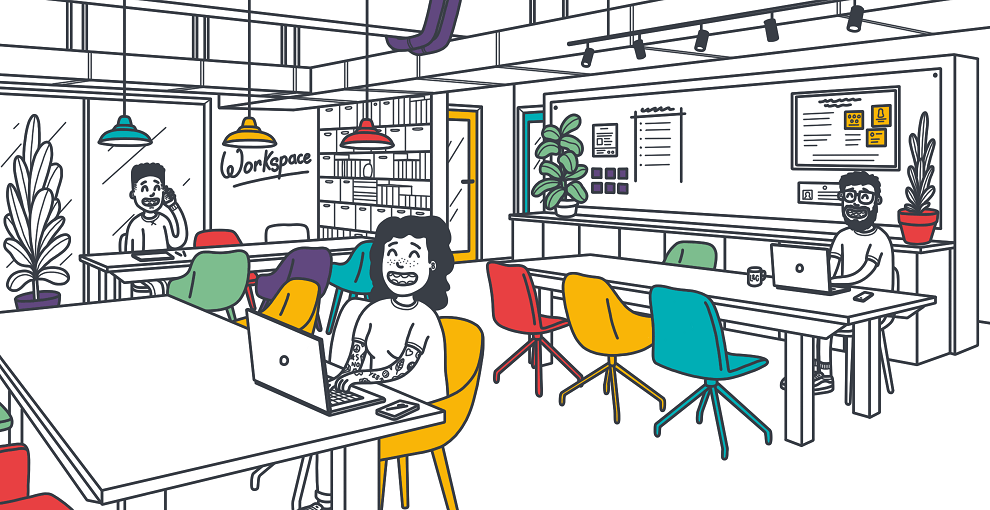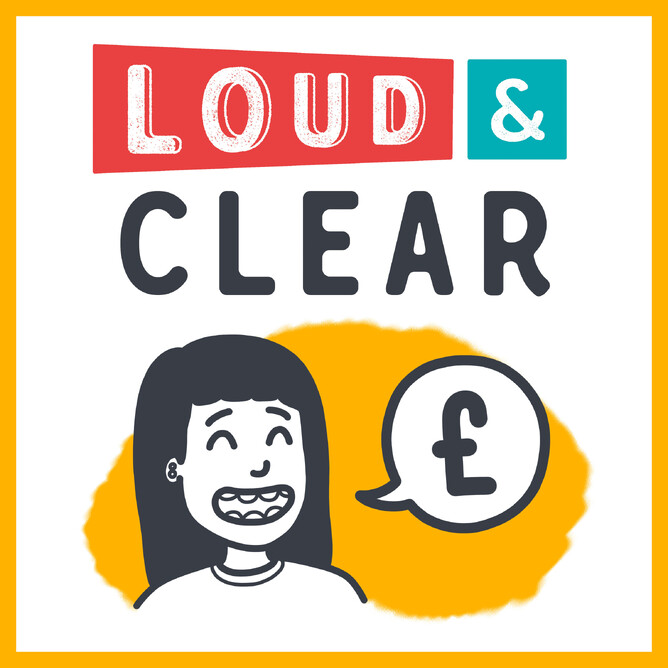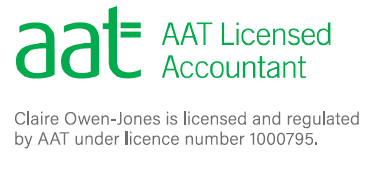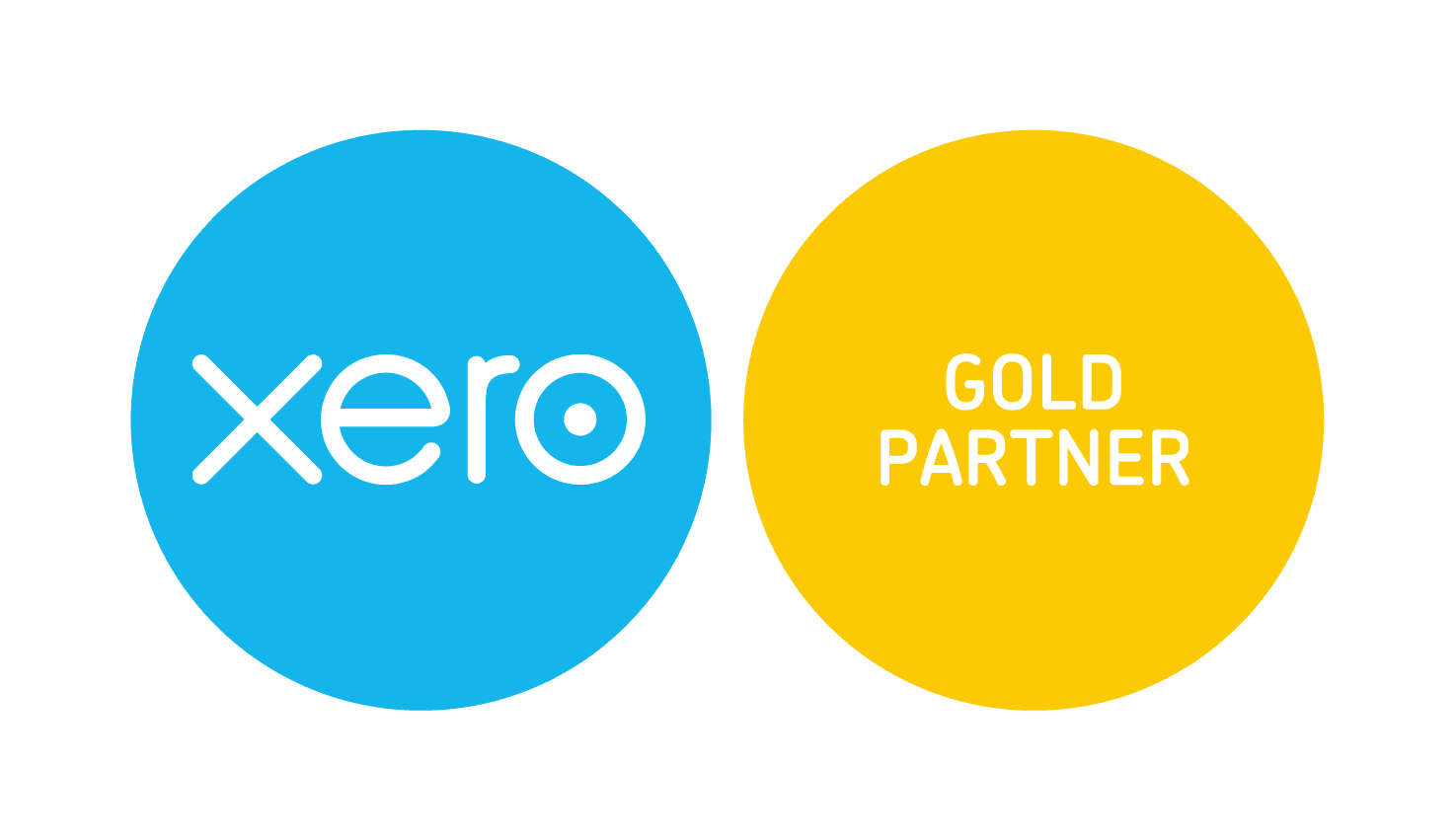Podcast transcription with introduction removed
What is a payment on account?
Effectively, a payment on account is an advanced payment of tax. In terms of your tax return, what will happen is that you will be declaring your self-employment profits, and obviously any other income that you have to HMRC at the end of every tax year. A tax year runs from the 6th April through to the 5th April, so when you come to complete your self-assessment tax return, you can do so any time you want from the 6th April, so the first day of the new financial year. HMRC give you until the following January to pay your tax, so you could complete your tax return on the 6th April and still pay your tax on the 31st January the following year, or you could even complete your self-assessment on the 31st January and also pay your tax on that same day.
HMRC give you quite a nice amount of time to prepare your tax return and also to pay your tax, just in case you need to sort of save, should your tax bill be a little bit higher than you had expected. This is obviously different to when you’re employed, so when you’re in employment, you earn your salary each month. Your employer will deduct your PAYE and your national insurance and will pay that over to HMRC on your behalf, so you receive in your bank account your net pay. You never need to worry about your tax bill.
Obviously from HMRC’s point of view, that means that they get your tax the following month, so there’s no delay for them, so it’s kind of a nice system for both of you. One of you doesn’t need to worry about the tax, the other one gets its tax nice and quickly. Obviously when you’re self-employed, you could be earning money in say April ’22, but HMRC won’t get that money until January ’24. There’s a massive difference in terms of timing, and they don’t really like that, unsurprisingly. So, what they say is if your tax liability comes over a thousand pounds, they want some of that tax a little bit earlier.
When will I start paying payments on account?
Now, in terms of self-employment profits, that’s probably around about 13 and a half, 14 thousand pounds, that’s when your tax liability will get to that sort of thousand pound mark. What HMRC say is that we think you will earn exactly the same this tax year as you did in the tax year just gone, so the one that you’re reporting to them, and so they go, we want 50 per cent of that tax liability at the end of January, so at the same time, and then the remaining 50 per cent in July the same year.
How do payments on account work?
To give you sort of an example, let’s just say between April ’22 and the end of March ’23, so the tax year, you made enough profit to give yourself a five thousand pounds tax liability, and so that five thousand is due in January ’24. HMRC will go, well, we think you’re going to earn five thousand next year, so we want 2500 of that also at the end of January, so your tax bill jumps from five thousand to seven and a half. And then we want another two and a half at the end of July ’24. This is obviously often referred to as an advanced payment on tax, and it is, especially in terms of deadline, because you would think that you would be paying five thousand at the end of January ’24, then obviously if you made five thousand the following tax year, it would be five thousand in January ’25, so you just keep paying the same.
But obviously it’s not necessarily an advanced payment of tax in terms of when you’re earning the money, because by the time you’re paying that first payment on account in January ’24, you’re already quite a few months into that tax year, and again when you pay the remaining or the second payment on account in the following July, the tax year has already finished. But it can be a bit of a shock when you first fall into that payment on account territory, obviously for two reasons.
The first is you’re just not aware of it, and you haven’t been saving tax, so suddenly not only are you having to sort of scrabble around to find a tax bill from the tax year just gone, but you’ve not got an extra 50 per cent to suddenly find by the end of January, which clearly can be quite stressful. It can also be a surprise if previously your self-employment profits have always been quite low, so around about the personal allowance, because obviously as I mentioned in last week’s episode, how much money should you set aside for your tax bill, if your profits have been sort of up to the personal allowance, you’re only used to paying about 400 pounds in NI.
By the time you get to sort of the 13 and a half, 14, your tax bill has already jumped from about 400 pounds to a thousand, which feels like a lot more tax for such a small increase in income, but then on top of that, you’ve got an extra 50 per cent, so earning an extra grand, two grand, can jump your tax bill from 400 pounds to 1500. Obviously this is why I always recommend saving for tax as you go, because then you are saving for your payment on account as you are earning the money, so it should eradicate this panic to find this extra tax bill.
How does this play into your tax bill as a whole, because obviously it’s painful when it first kicks in, so let’s just use that example. Say in this tax year you earn five thousand pounds, so you’re having to pay an extra two and a half grand in the January, and then another two and a half thousand in the July. But let’s just say the following tax year, your tax liability is six thousand pounds. What HMRC will do when it comes to that following January is they will say, okay, well, we’ve actually already received five thousand pounds from you, so you only owe us now a grand for this tax year, but we think next year you’re going to earn six thousand, so we want three thousand pounds from you as your first payment on account, and then another three thousand in July. And it’ll just keep going like that.
If your business ends up being quite consistent, so if you’re a service-based business and it’s just you and you reach capacity so your income stays the same, you’ll end up paying pretty much identical figures once in January, once in July, and it’ll mean if your income jumps, that it’ll feel as though it hasn’t quite jumped as much, because you’ve already paid some of that tax. What happens if your income drops?
What happens to my payments on account if my profits drop?
Well, HMRC do actually allow you to amend your payment on account, so if you’re someone who completes your tax return a little bit closer to that January deadline, you’ve probably got a pretty good idea on how that tax year is actually looking. You’ll know by January if things are coming in a bit lower than they had the previous year. What you can do there is put in a claim to reduce that payment on account, so you can say to HMRC, my tax bill will not be five thousand pounds, so I don’t want to pay two lots of 2500. I think my tax bill is going to be three thousand pounds, so I’m going to reduce the payments on account so I only pay one and a half.
Now, you can amend these payments on account kind of at any point up until the January due date, so if you’re someone who likes to complete your tax return very early, so you get to the 6th April, you’ve done your bookkeeping, you get your figures in sort of in that April or that May, if you then get to January and you’ve lost your main client, you’ve taken some time off, your income’s down, you can submit an amended tax return to get that payment on account. Don’t feel that you are tied to that. But they’ll never be more than 50 per cent of your current liability.
If you miss the cut off date, so you don’t realise until February, March, you’ve already paid your first payment on account, and now you’ve realised that you’ve possibly overpaid. In that instance, I would recommend getting your following self-assessment tax return submitted before the second payment on account is due, so before that 31st January, because obviously I do not want – and you do not want – to pay too much money over to HMRC.
Let’s just say again your tax bill was five thousand, you’ve paid the first payment on account of two and a half, but you’ve completed your next return, and this is when you realise now that your tax bill’s fallen to three thousand. If you pay the payment on account that HMRC are expecting, which is two and a half at the end of July, you’d have overpaid tax by two thousand pounds. If you get that tax return in early, HMRC will automatically reduce your payment on account down to the 500 pounds, so you don’t overpay. They won’t worry about future payments on account. The payment on account is only relating to that tax year, unless of course you want to overpay and leave that refund on your HMRC account to be offset against future payments on account.
What happens if I amend my payment on account incorrectly?
I hope that helps. It’s always a little bit of a confusing one going through the payments on account, I think especially because we do refer to them as being advanced payments, which as I said, they are in terms of tax deadlines, but not in terms of when you’re earning the money. As I said, they can be reduced. Now, just as a sort of side note, if you reduce them too far, so let’s just say for example in December, things weren’t looking good, so you reduce them, and then suddenly you’ve got a large payment in, in February or March, and suddenly you realise, actually, I should not have reduced those.
If HMRC think you’ve done it to avoid paying tax, they’ll have issues with that, but otherwise what will happen is they’ll go, okay, we’re going to reinstate the payment on account at its original amount, and they’ll just apply a bit of interest, so they’ll just treat it as though you’ve paid the tax late. Don’t worry too much if you’re not working with an accountant and you’re having to kind of guesstimate. As long as it’s fair and you’re not sort of deliberately avoiding tax, there will only be a small bit of interest to pay, so not sort of a great deal. It’s normally worth reducing them and getting it a little bit wrong than paying too much money over to HMRC, and finding you don’t need to.







